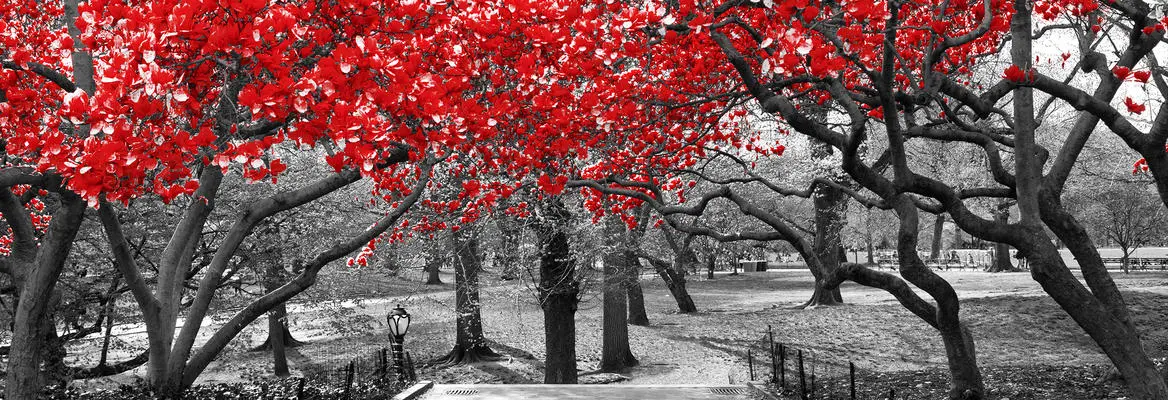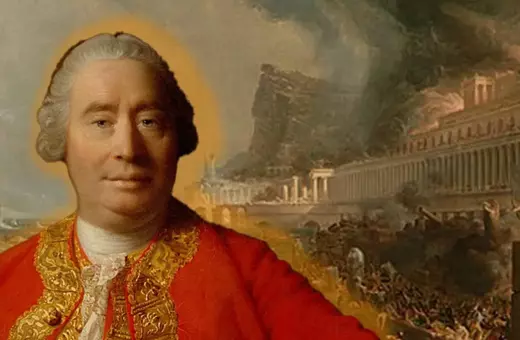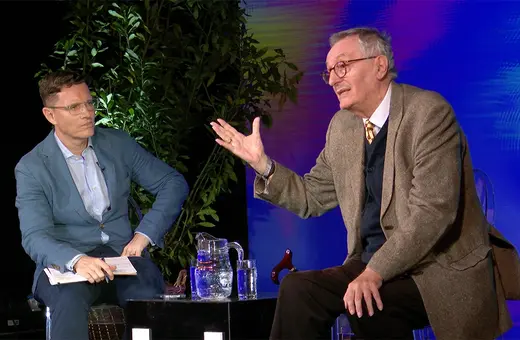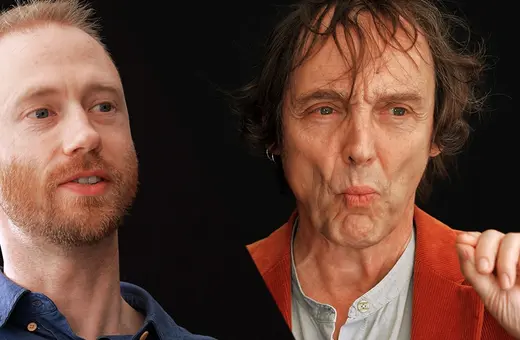For much of history, religion has been the avenue through which people have sought eternity. Today's secular West tries to think about death outside of the language of spirituality. Paul Bickley raises the question of what it is we are prepared to believe about death, the body and the ‘soul’, in a society where religious affiliation is in rapid decline. Do transhumanism and technological development really offer us a non-spiritual concept of immortality? Or are we just rehashing religious ideas for a secular age?
Jang Ji-sung lost her seven-year-old daughter Nayeon to cancer in 2016. Four years later she met Nayeon again – or at least she met a virtual reality avatar of Nayeon. The Munwha Broadcasting corporation had invited Jang and her family to be part of a documentary, Meeting You, the central moment of which saw Jang don a VR headset and interact with her ‘daughter’. The result was simultaneously creepy and gut-wrenchingly sad. Jang weeps, and reaches out to touch Nayeon’s face. She asks how Nayeon has been, and says how much she has missed her. The avatar’s scripted sentences don’t seem to diminish Jang’s sense that her daughter is really there, and that they are really reunited.
Technological developments, even those in the last three years, will have brought us that much closer to real time interaction with virtual simulacra of lost loved ones. But why would anyone even consider such a process?
As Nietzsche said, “Alle Lust will Ewigkeit” (all lust wants eternity). Or, less cynically, all love wants eternity. A death is an end not just of a creature’s biological existence, but to the world of meaning that an individual has built with others. No matter how long a life has been, it is hard to say that it has been enough. Finitude sometimes seems right, but rarely. Most of us do want at least a little more, even if our lives have given us a lot, when they are longer, richer and more pleasant than at any time in history.
___
A death is an end not just of a creature’s biological existence, but to the world of meaning that an individual has built with others. No matter how long a life has been, it is hard to say that it has been enough
___
For much of humanity and much of history, religion and spirituality has been the avenue through which we have sought eternity. But the unbelieving west is perhaps unique in trying to think about the meaning and nature of death outside of the frameworks and language of spirituality.
According to a YouGov poll in 2021, a third of UK adults (33%) believe in an afterlife, but 42% do not. Three in ten Britons (30%) believe that heaven exists, with 18% saying they think hell exists too. Over half of the population (54%) don’t believe in either. Similar conclusions were found in Theos’ own poll through YouGov indicating only 29% of UK adults believed that there was life after death.[i]





















Join the conversation